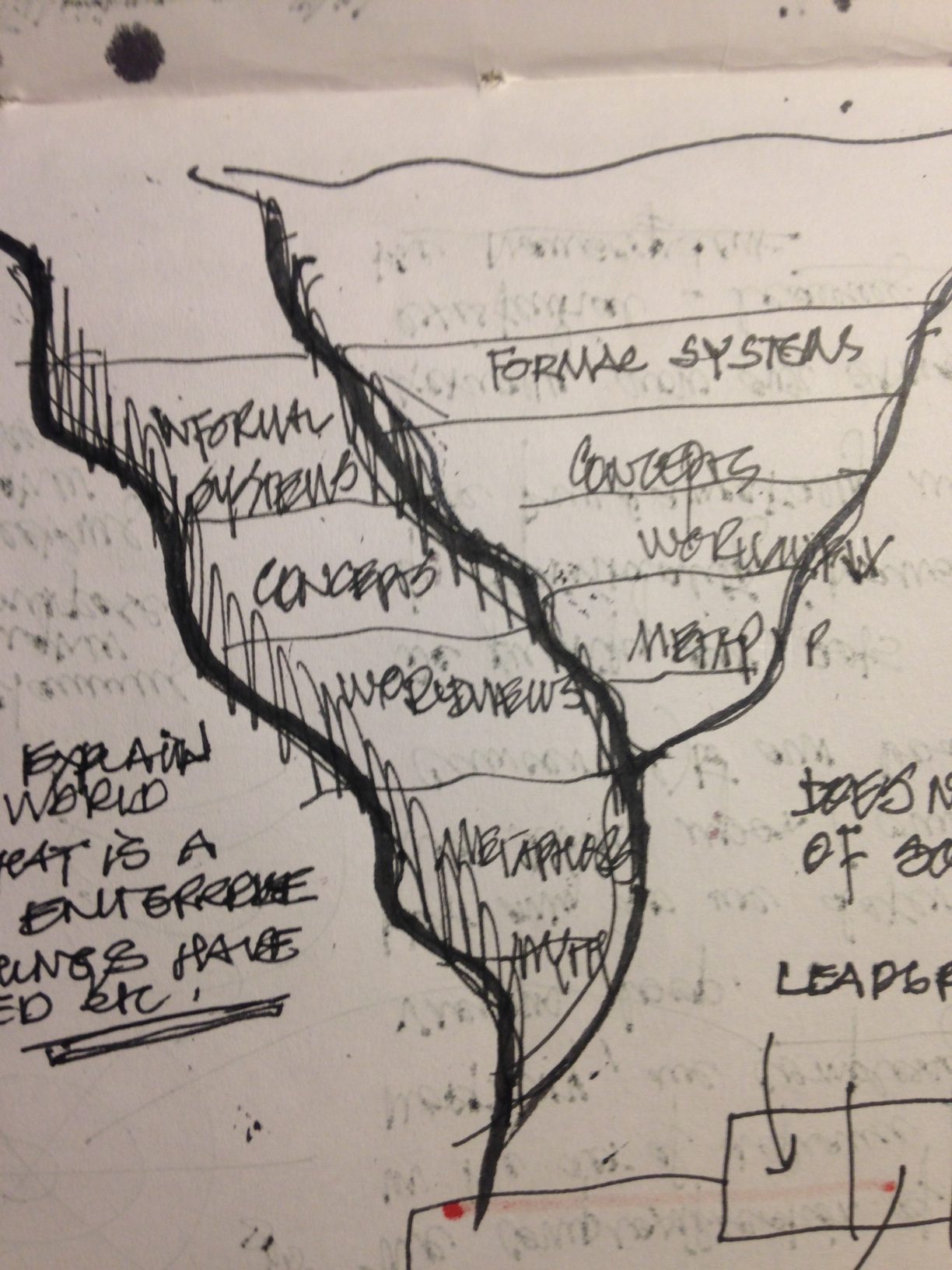No Walk in the Park
Karnataka State in India is considering a Design Park along the lines of one in Dubai. Design is on everyone’s mind. Creative Economies are engines of growth, and the UK, as one example, has done a great job in making that real.
Could parks such as these alone become engines for the creative economy, or, does one need a more thoughtful approach to creating innovation ecosystems?
I am critical of such efforts, as I have seen a history of them not having enduring power. I advocate a deeper approach from a long-term societal development perspective, which is perhaps less spectacular.
In India, Industrial Parks have come and gone — there were software parks, electronic cities, and export zones and I am sure there are many that escape my memory. I do not believe any of them have made any substantial difference to the landscape, given our global standings in these areas. What made an enduring difference, was the Public Sector for example, much of which is now on sale.
The fad of the day is a pretext to a spectacle — a big investment — some people, usually in construction and infrastructure will make a lot of money. Somebody who had access to a political ear, whispered promises and lullabies that fed into the hunger for finding a place on the world stage.
Not embedded in a wider culture, all these spectacles eventually die, as they need to wall themselves off behind gated communities, and mostly serve people elsewhere, to survive. There are perhaps now more graveyards than parks of these bygone eras.
So, here then comes yet another grand initiative.
As has been the general trend of ‘development’ in Bangalore in the past — one will need to go even farther off to find real estate, for it will demand huge amount of land. And, wherever they find that place, will be difficult to commute to — adding to the woes of this unfortunate city and its congestion and traffic woes.
And, all this in a society that is broadly not sensitive to design in its popular sense. All you need to do is check what is offered in most of the design schools across the country and the courses that are high in demand even in the best ones.
One of the NIIT founders (Mr. Thadani) several years ago, had rightly recognized that the country needed a quality consciousness. He was going to set up quality institutes along the lines of NIIT. Guess where that went?
The ideas of design, embedded in projects such as these, essentially feed the consumer economy driven engines — serving fashion and fad. It will perhaps, and in all likelihood, have very little impact on the well-being of the average citizen.
I have personally experienced what is mostly called ‘design’ — whether in the form of products or services. The lesser we talk about services the better — for neither design, nor quality exist in the so-called ‘back office’ of the world — clearly having learned nothing from what it means to provide quality services abroad.
Trickle-down theories do not work for sure. There are other forms of diffusion, and these are certainly not conceived strategically that way.
Product quality is a sham — there is much consciousness about “Brand” for sure — for there is excellence in but one field — Advertising — and the worlds of make-believe. Beware if you go deep under the covers of what you consume.
In the small town where I spent a little over a year recently, you could buy Zeiss lenses, except they did not know how to fit them into your frames, you could buy luxury paints, except the painters did not know what a good painting job looked like.
But, we do make exquisite jingles, and brand consciousness is high.
So, here comes another sham spectacle on a large stage — like other parks this too will wither and die.
Perhaps, I do not sound hopeful here. However, there is indeed an alternative, there always is — it is not in the spectacular and it will take hard work, and institution building and culture building, which is unfortunately not on the menu. It takes gumption, spine and understanding, and that is no walk in the park.

